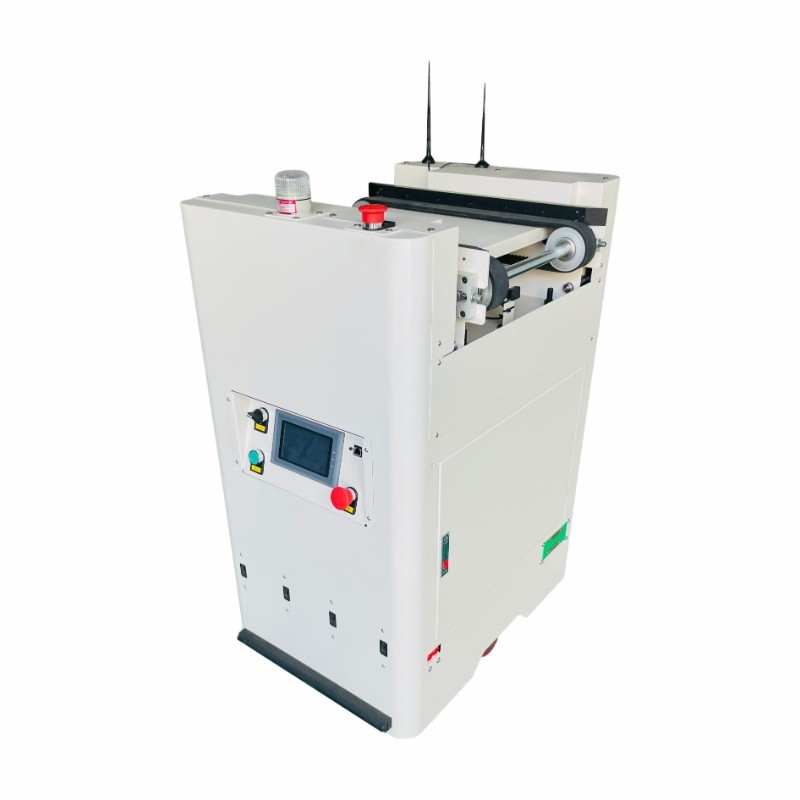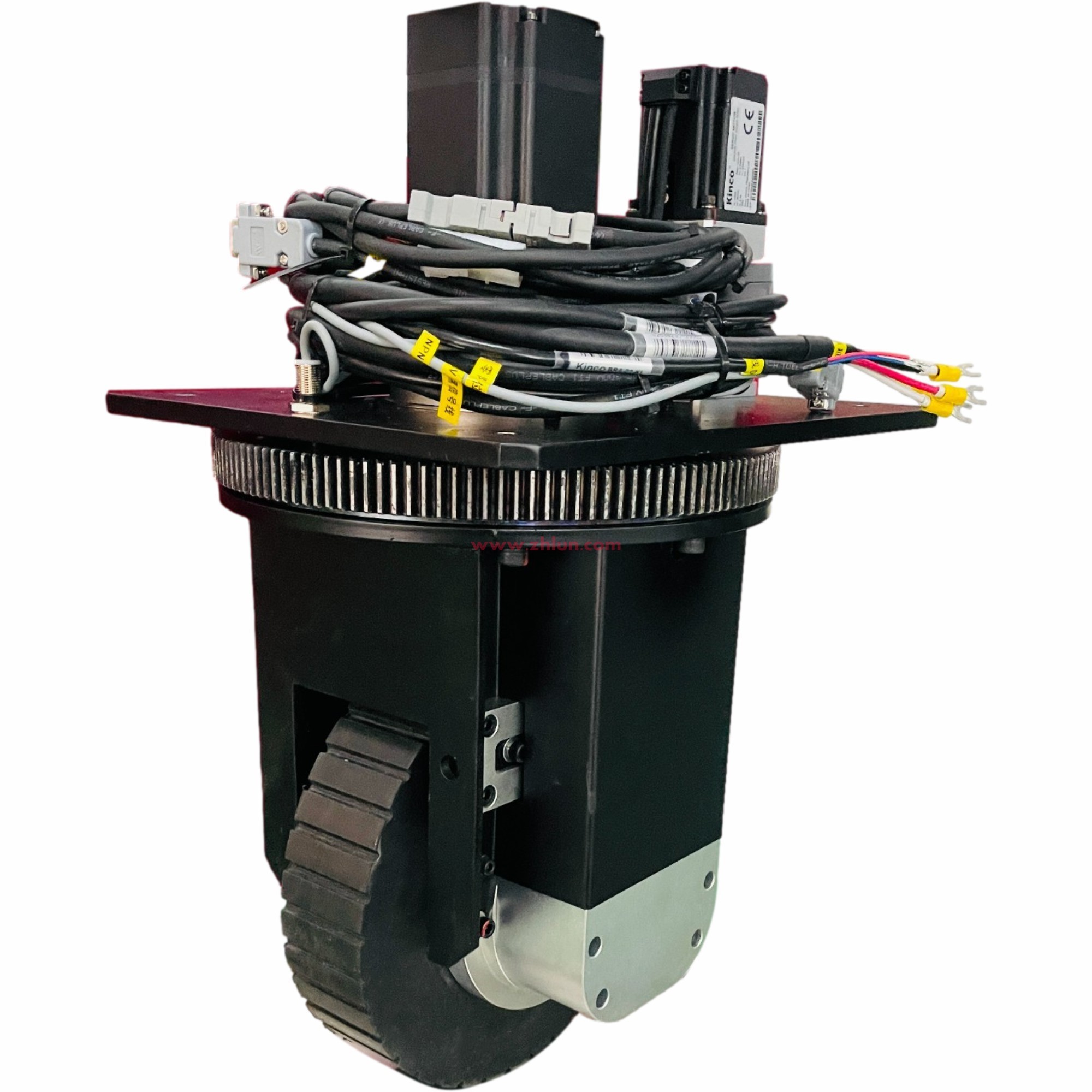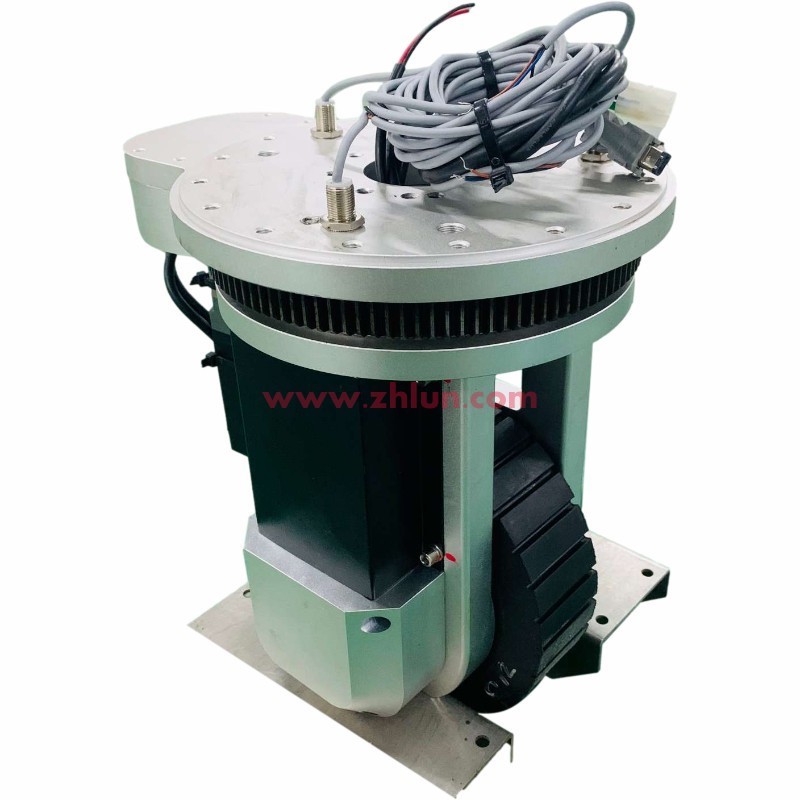News Categories
Unlocking the Secrets of Steering Drive Wheels: A Comprehensive Guide
Release time:
2025-05-06
Unlocking the Secrets of Steering Drive Wheels: A Comprehensive Guide
Table of Contents
- 1. Introduction to Steering Drive Wheels
- 2. Understanding the Steering System: An Overview
- 3. Types of Steering Systems
- 3.1 Rack and Pinion Steering
- 3.2 Recirculating Ball Steering
- 3.3 Power Steering Systems
- 3.4 Electric Steering Systems
- 4. Critical Components of Steering Drive Wheels
- 5. The Role of Steering Drive Wheels in Vehicle Performance
- 6. Common Issues with Steering Drive Wheels and Solutions
- 7. Maintenance Tips for Steering Systems
- 8. Conclusion
- 9. FAQs
1. Introduction to Steering Drive Wheels
Understanding the intricacies of steering drive wheels is vital for anyone interested in automotive technology. Steering drive wheels are crucial in ensuring that a vehicle maneuvers smoothly and precisely. Poor handling can lead to dangerous situations, making it essential to maintain optimal function within the steering system.
In this guide, we will explore the different types of steering systems, their components, and how they contribute to vehicle performance. Whether you are an automotive enthusiast, a mechanic, or someone simply looking to understand more about their vehicle, this guide will provide you with valuable insights.
2. Understanding the Steering System: An Overview
The steering system is one of the most critical components of any vehicle. It allows the driver to control the direction of the vehicle effectively. At its core, the steering system comprises several components that work in unison to provide precise handling and stability.
The steering system must translate the driver’s input into a change in direction. This involves a complex relationship between mechanical components, hydraulic systems, and electronic systems in modern vehicles. Understanding these components helps us appreciate why and how steering systems can fail or require maintenance.
3. Types of Steering Systems
There are several types of steering systems commonly found in vehicles today. Each type has its unique characteristics and applications.
3.1 Rack and Pinion Steering
Rack and pinion steering systems are the most common in modern vehicles. This system uses a gear set that converts rotational motion from the steering wheel into linear motion. The pinion gear is connected to the steering wheel, while the rack is attached to the wheels. When the driver turns the steering wheel, the pinion rotates, moving the rack side to side and changing the direction of the wheels.
3.2 Recirculating Ball Steering
Recirculating ball steering systems are commonly found in older vehicles and trucks. This system uses a series of ball bearings that circulate within a housing to provide a smooth movement. While they offer good stability, they are generally heavier and require more effort to steer compared to rack and pinion systems.
3.3 Power Steering Systems
Power steering systems assist in steering the vehicle by using hydraulic or electric actuators. Hydraulic power steering relies on a pump driven by the engine, while electric power steering uses an electric motor. Both systems reduce the amount of effort required to turn the steering wheel, making driving easier and more enjoyable.
3.4 Electric Steering Systems
Electric steering systems are becoming increasingly popular due to their efficiency and reduced weight. These systems use sensors to detect steering input and electric motors to assist in steering. They provide a more responsive feel and can be integrated with advanced driver-assistance systems.
4. Critical Components of Steering Drive Wheels
Understanding the components that make up the steering drive wheels is essential for diagnosing issues and performing maintenance.
4.1 Steering Column
The steering column houses the steering shaft and connects the steering wheel to the steering mechanism. It also contains various switches and controls, such as turn signals and wipers. A well-functioning steering column is crucial for a responsive steering feel.
4.2 Steering Rack and Pinion
The steering rack and pinion are essential for converting the rotational motion of the steering wheel into the linear motion needed to turn the wheels. It is vital to keep this component lubricated and free of debris to ensure smooth operation.
4.3 Tie Rods and Ends
Tie rods connect the steering rack to the wheels. These components are pivotal in transferring the force from the steering mechanism to the wheels. Worn tie rods can cause misalignment and affect handling, making regular inspection vital.
5. The Role of Steering Drive Wheels in Vehicle Performance
The performance of steering drive wheels directly impacts the overall driving experience. Properly functioning steering systems contribute to better handling, increased responsiveness, and enhanced safety.
When steering systems are in optimal condition, drivers can enjoy smoother turns and better control of the vehicle during high-speed maneuvers. Conversely, worn or malfunctioning components can lead to poor handling, increased tire wear, and even accidents.
6. Common Issues with Steering Drive Wheels and Solutions
Several issues can arise with steering drive wheels that may compromise vehicle safety and performance. Identifying these issues early can save time and money in repairs.
1. **Poor Steering Response**: This may indicate worn or damaged components, such as tie rods or the steering rack. Regular inspections and replacements are necessary to maintain optimal performance.
2. **Steering Wheel Vibration**: A vibrating steering wheel can be a sign of misalignment or unbalanced tires. Addressing these issues promptly can prevent further damage and ensure a smoother ride.
3. **Difficulty Steering**: If the steering wheel feels heavy or difficult to turn, it may be due to low power steering fluid or a failing power steering pump. Regular fluid checks and timely maintenance can alleviate this issue.
4. **Unusual Noises**: Clunking or grinding noises while turning can indicate worn bearings or other critical components. Addressing these noises early can prevent more severe damage.
7. Maintenance Tips for Steering Systems
Regular maintenance is essential to keep steering drive wheels operating smoothly. Here are some practical tips to ensure your steering system remains in top condition:
- **Regular Inspections**: Check the steering components regularly for signs of wear and tear. Pay attention to tie rods, steering racks, and the steering column.
- **Fluid Checks**: Regularly check the power steering fluid level and top it off as necessary. If the fluid appears dirty or contaminated, consider flushing the system.
- **Alignment Checks**: Periodically check the vehicle’s alignment. Misalignment can cause uneven tire wear and affect steering response.
- **Tire Maintenance**: Maintain proper tire pressure and rotate tires regularly. Well-maintained tires contribute to better handling and performance.
- **Professional Servicing**: Consider having a professional mechanic inspect your steering system annually. They can provide insights into potential issues and perform necessary repairs.
8. Conclusion
Understanding the mechanics and components of steering drive wheels is essential for any vehicle owner or enthusiast. By recognizing the different types of steering systems, their critical parts, and potential issues, we can appreciate the complexity of automotive technology.
Regular maintenance and timely inspections are crucial for ensuring safety and optimal performance. With this comprehensive guide, we hope you feel empowered to take charge of your vehicle's steering system and enhance your driving experience.
9. FAQs
What is the primary function of steering drive wheels?
The primary function of steering drive wheels is to allow the driver to control the direction of the vehicle effectively.
How often should I inspect my steering system?
It is advisable to inspect your steering system at least once a year or whenever you notice any unusual handling issues.
What are the signs of a failing power steering pump?
Signs of a failing power steering pump include whining noises, difficulty turning the steering wheel, and leaking fluid.
Can I drive with a worn steering system?
Driving with a worn steering system is not advisable, as it can lead to poor handling and increase the risk of accidents.
How can I improve the longevity of my steering system?
Regular maintenance, timely inspections, and addressing any issues promptly can significantly improve the longevity of your steering system.
Related news
2025-05-26
New AGV Platforms represent the latest innovation in automated guided vehicle technology, designed to revolutionize material handling and logistics across various industries. These advanced platforms offer enhanced precision, flexibility, and efficiency, making them indispensable tools for modern warehouses, manufacturing plants, and distribution centers. The New AGV Platforms are engineered to navigate complex environments autonomously, providing reliable transport of goods without the need for manual intervention.
2025-05-24
Exploring the Benefits of Quality Industrial Drive Wheels for Enhanced Operational Efficiency
Exploring the Benefits of Quality Industrial Drive Wheels for Enhanced Operational Efficiency
Table of Contents
1. Introduction to Industrial Drive Wheels
2. Importance of Quality in Drive Wheels
3. Types of Industrial Drive Wheels
4. Key Benefits of Quality Industrial Drive Wheels
4.1 Enhanced Operational Efficiency
4.2 Improved Safety Standards
4.3 Long-Term Cost
2025-05-19
Exploring the Best Motor Drive Wheels: Essential Insights for Optimal Performance
Motor drive wheels are pivotal elements in the functioning of various electric vehicles, including motorcycles, scooters, and even some automotive applications. These wheels are designed to convert electrical energy into mechanical energy, allowing for efficient propulsion and control. When seeking the "best motor drive wheel," several factors come into play that can significantly influence perfor
Products

Guangzhou Wisdom Wheel Science Technology Ltd.
No. 8, Longhe Westroad,
Longgui, Taihe Town, Guangzhou, Guangdong.China
Whatsapp/MB: Kelly +86-18102686399
Jackson +8615012435018
Candy:+86 19396885135
CopyRight © 2024 Guangzhou Wisdom Wheel Science Technology Ltd.
Powered by www.300.cn SEO Tags En_CityProduct
License




